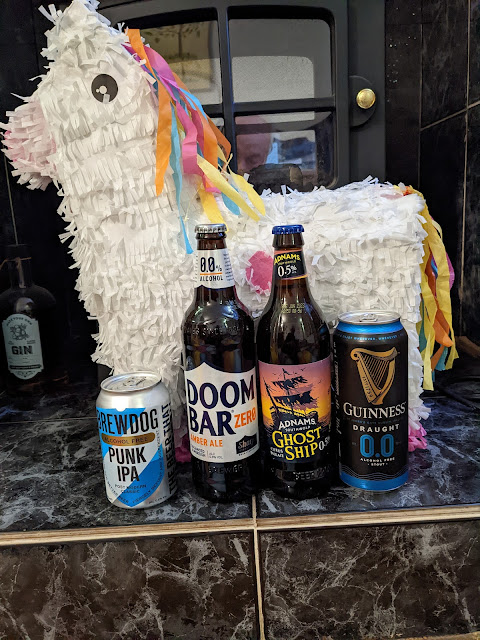Ever since humans discovered fermentation, possibly accidentally over 12,000 years ago, they have imbibed alcoholic beverages for many reasons: the buzz, safer to drink than untreated water, reduce inhibitions, Dutch courage, socialising, etc.
When people respond to surveys asking about their alcoholic consumption, it is reasonable to assume they will underestimate it. A better estimate of per capita alcohol intake can be derived from sales of alcoholic drinks. Worldwide, the average consumption of alcohol per person is 5.8 litres. It is significantly lower (<0.5 litres) in North Africa, the Middle East and South East Asia where the Muslim faith dominates but generally much higher (>10 litres) in 'Westernized' countries.
On average, men drink considerably more than women, typically three to four times as much. Surveys suggest people in the UK are drinking fewer alcoholic beverages; the change is not large and, anecdotally, seems to be down to more young people going teetotal.
 |
| Low Alcohol or Alcohol-Free Beers |
In the past, low-alcohol beers (< 1% v/v) tasted pretty dire; presumably the process to remove alcohol also removed or altered/destroyed the flavour. Things have changed dramatically in the past 5 years and there is now a wide choice of low-alcohol and alcohol-free beers, lagers, stouts and ales which actually taste like their alcoholic equivalents.
In the UK, there are three categories of low-alcohol beers:
- alcohol-free (<0.05 % ABV)
- de-alcoholised (<0.5 % ABV)
- low alcohol (<1.2 % ABV)
The photo above shows some of the low-alcohol beers available from our local Sainsbury's supermarket. The Punk IPA and Adnams Ghost Ship are <0.5% ABV whereas the Guinness 0.0 and Doombar Zero are <0.05% ABV. The Guinness and Adnams beers are excellent substitutes for the 'real' thing while the Punk Ale and Doombar are pleasant enough - but that is because I prefer hoppy bitters to malty ales.
There is plenty of choice for low- and zero-alcohol beers and lagers that you should be able to find something you like. It is a shame that pubs do not stock a wider range - usually they are limited to either the Heinekin or Budweiser low-alcohol options which is hardly inspiring. Mind you, I'm usually more than happy to sample the wares of local breweries when visiting different parts of the country. Mary, on the other hand, prefers non-alcoholic provided it is not sweet or sugary (e.g. lemonade).






0 comments:
Post a Comment